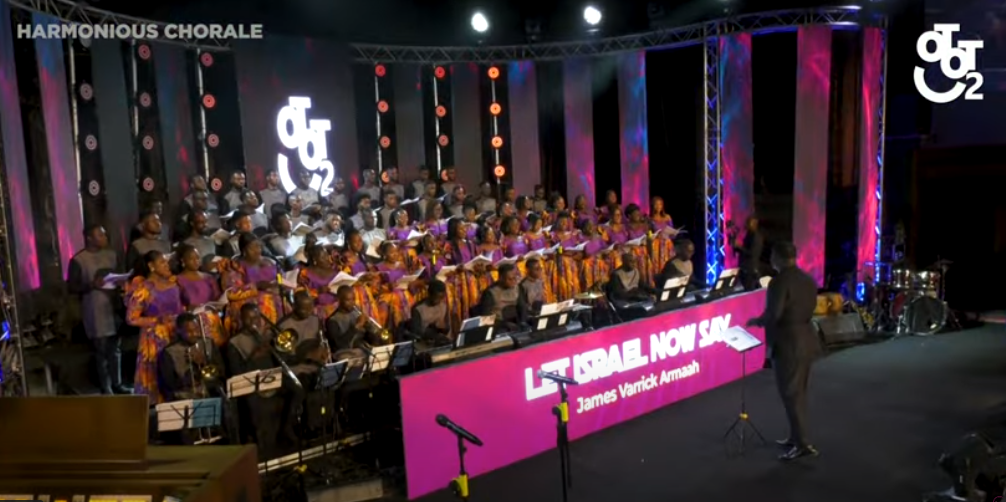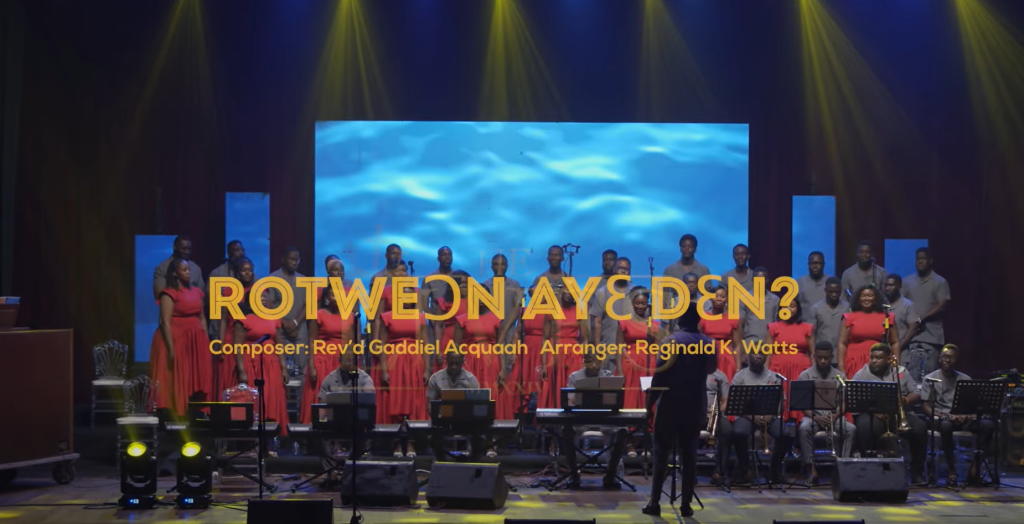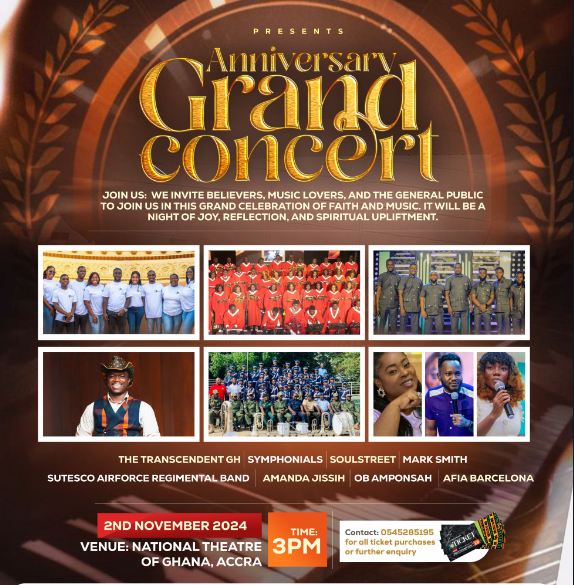For God and Ghana: Uncle Ato, ARS Elysian Chorus advocate peace, unity ahead of December polls
As Ghana heads toward the polls on Saturday, December 7, renowned gospel artist Uncle Ato, joined by the talented ARS Elysian Chorus, has launched a powerful peace campaign through music. […]






